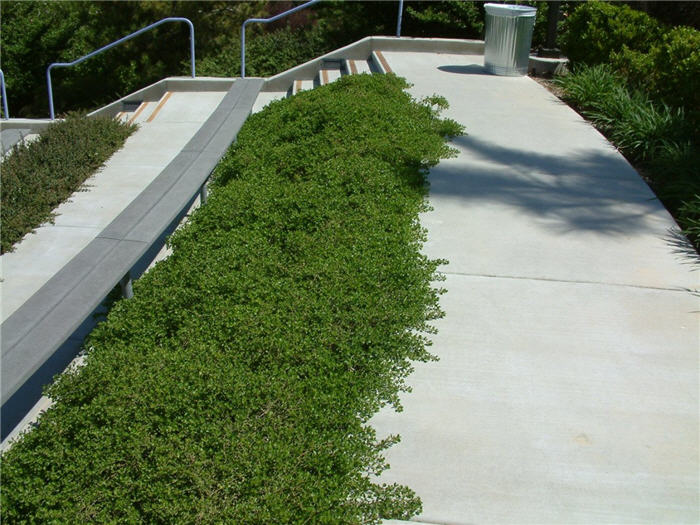| Botanical Name: Arctostaphylos uva-ursi 'Radiant' | |
| Common Name: Radiant Manzanita |

-
Anatomy
-
Culture
-
Design
Plant Type
Broadleaf Evergreen, Shrub, Ground cover
Height Range
Under 1'
Flower Color
Pink
Flower Season
Spring
Leaf Color
Green, Red
Bark Color
Red
Fruit Color
Red
Fruit Season
Summer, Fall, Persistent
Sun
Half, Shade
Water
Low, Extra in Summer
Growth Rate
Moderate, Slow
Soil Type
Clay, Loam, Rocky
Soil Condition
Average, Poor, Well-drained, Dry
Soil pH
Acid, Neutral
Adverse Factors
n/a
Design Styles
Mediterranean, Ranch, Spanish, Woodland
Accenting Features
Showy Flowers, Unusual Foliage
Seasonal Interest
Winter, Spring, Summer, Fall
Location Uses
Perennial Border, Shrub Border, Foundation, Walkways
Special Uses
Cut Flowers, Erosion Control, Naturalizing, Small Spaces
Attracts Wildlife
Birds
Information by: Stephanie Duer
Photographer:
Photographer:
-
Description
-
Notes
This evergreen bearberry has small, dark green, shiny leaves that tinge reddish over winter. Stems are red. Pale pink, urn-shaped flowers appear in late winter to early spring, and are followed by small, red berries. 6-8" high and 3-5' wide.
Grow in part to full shade, in average to poor, well-drained soils. Slow to established, and it is sensitive to being over-watered. Berries are valued by birds. Plant where it is protected from hot summer sun and drying winter winds. Does not need pruning other than to keep it within the space allotted. A popular western native, there are many cultivars that have been commercial developed, including 'Alaska,' Massachusetts,' 'Point Reyes,' and 'Woods Compact.' Berries are good for birds, but are not recommended for human consumption.